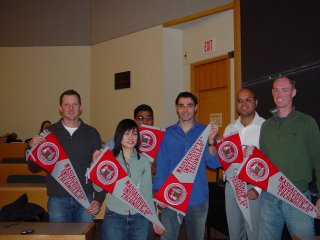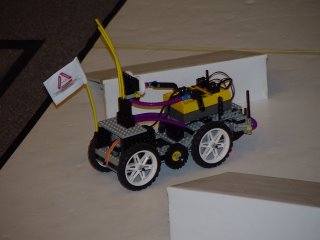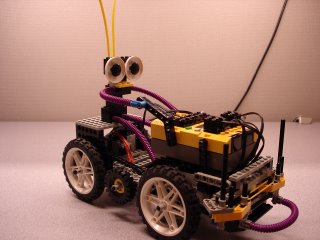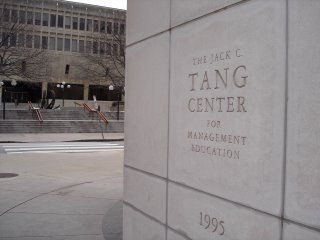Cambridge, MA churns out students like your grandma's ice-cream machine. Students come in, they get "processed" and then leave (hopefully with a few lessons learned and a different perspective on the world). Despite what some economists may tell you, students are Cambridge's most important contribution to our nation's GDP.
And when the students come in, the first thing they do, is look for a place to live. If you're a landlord in Cambridge, you're guaranteed a constant stream of revenue (what's the chance that Harvard or MIT will go out of business?). Innevitably, this phenomenon creates a whole industry with a bewildering array of offerings: apartments of all sizes, shapes and living conditions. And with that you get all sorts of people who are cashing in on this bonanza by offering to walk you through this confusing maze. These are the apartment brokers.
When I started looking for an apartment back in December, I quickly found one that would've suited my needs. It wasn't perfect, but it was convenient and cheap (never mind that the bathroom was the size of a small closet; I tend not to spend much time in my apartments, let alone the bathroom). But miss A didn't think it would be a good place. She's much more atuned to her surroundings and prefers to look at all the available options before making a decision. Her decisions never seem to be based on formal logic (or at least not initially). The most important thing is for the place
to just feel right. I call this the right-brained approach to finding an apartment. Well, I decided to take this approach and I must say that after viewing countless apartments over the last few weeks, after living through moments of hope and despair, I finally found one that just feels right.

It's in a classy old building with a wooden staircase. From the instant I walked in the building I had a good feel about it. The hallway has a musty wood smell that welcomes you like a beautiful old church. The apartment, located on the second floor, has hardwood floors, high ceilings, a marble (decorative) fireplace and bay windows that look out to a small park accross the street. Accross the park I can see the Starbucks and, next to it, the Broadway market (where I'm sitting right now), a Whole Foods-like store that sells everything from fresh veggies to hot bread and cooked food. Harvard Square is but 5 minutes from here and on my way to the T-station (the subway station, for those of you unfamiliar with Boston) I can cut thorough the Harvard campus, a collection of classic red-brick buildings. Going the other direction, I can be in Central Square in about 10 minutes and from there I can get to MIT in another 5-10 minutes. But rather than walking to MIT, I will probably bike there in the summer along some one-way streets with dedicated bike lanes. All in all, I feel pretty good about this place. I'm glad I listened to miss A and took the time to find the right place.
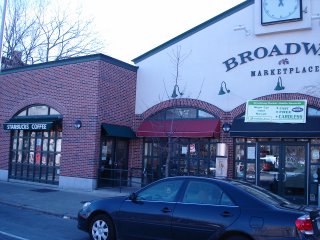
Oh, and yes, I did have to pay the piper. The apartment broker who pointed me to this place charged a third of the first month's rent for his services, less than most brokers charge for the same service. A reasonable (if unavoidable) price, I guess.

 Time to scrape that rust and get to work. I've got some catching up to do.
Time to scrape that rust and get to work. I've got some catching up to do.



